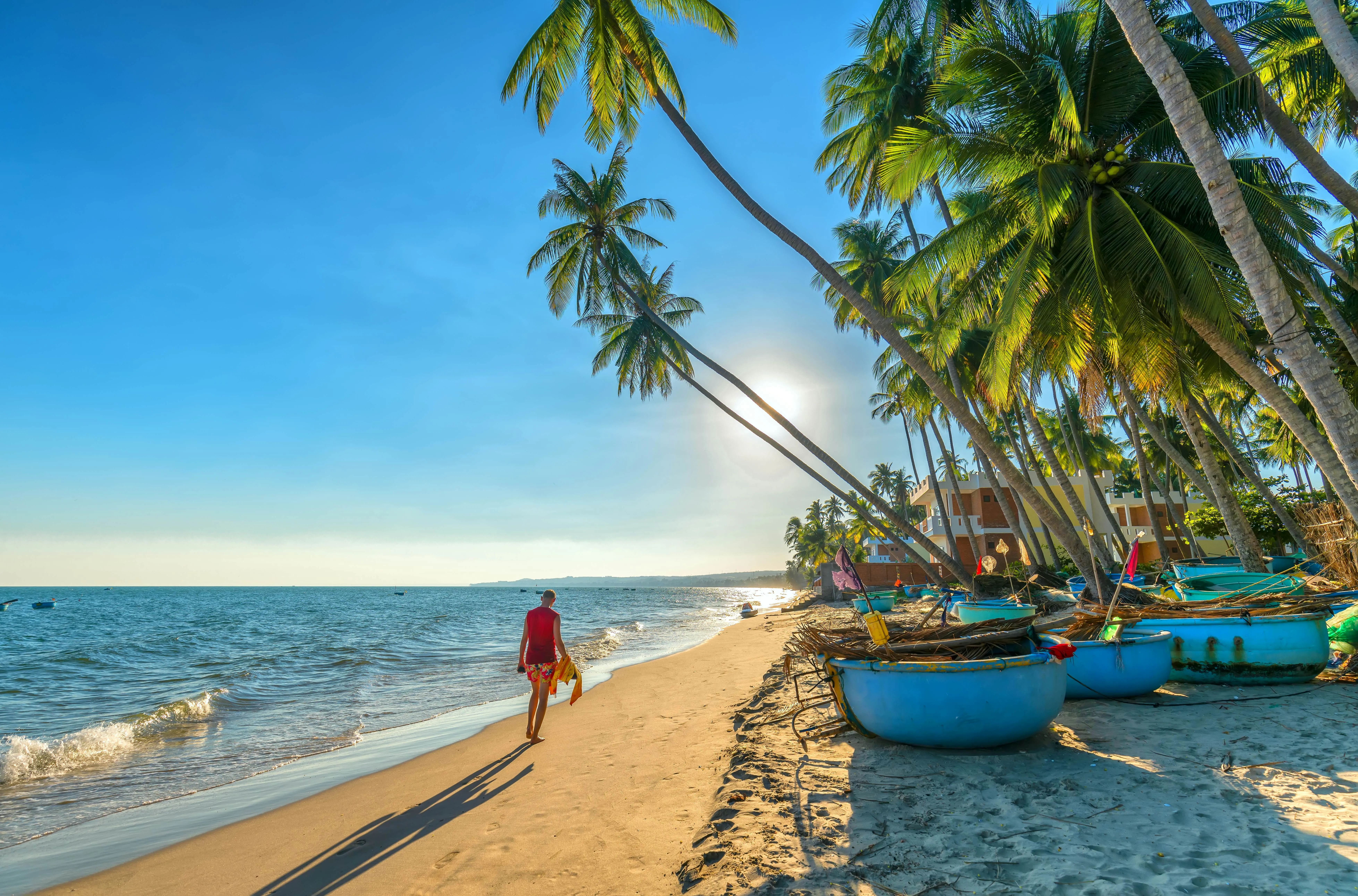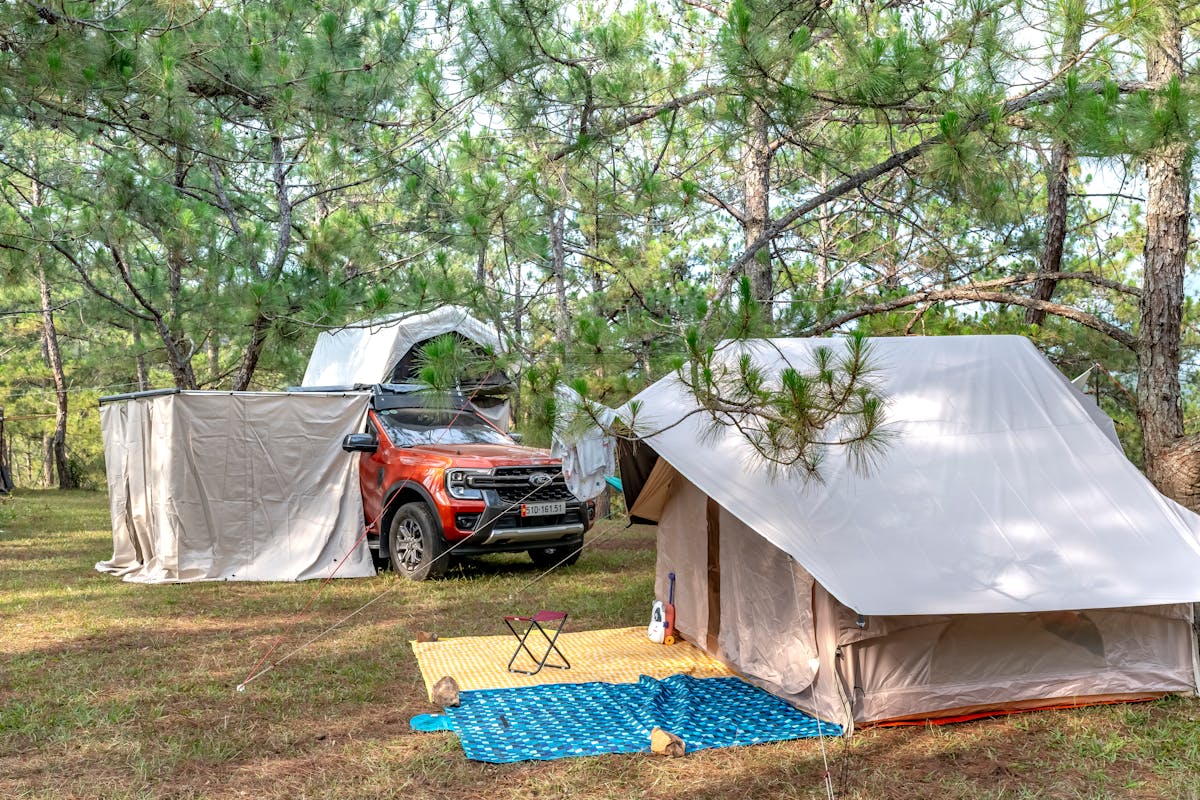Vietnam, a country stretching along the eastern coast of Southeast Asia, offers a wealth of incredible experiences throughout the year. From vibrant cities and historical sites to stunning beaches, lush mountains, and fertile deltas, its diverse geography means that the best time for your trip depends heavily on what you want to see and do, and which region you plan to visit. Understanding the climate variations across this long, narrow nation is key to planning your perfect journey. When To Travel To Vietnam becomes a question with multiple rewarding answers, tailored to different interests and times of year.
The country’s weather is influenced by two monsoon seasons. The southwest monsoon brings hot, humid weather and rain from April to September, affecting primarily the south and center. The northeast monsoon brings cooler, drier air from October to March, impacting the north more significantly. Regional variations are dramatic; you could experience snow in the far northern mountains while enjoying sunny skies in the tropical south on the same day.
Understanding Vietnam’s Diverse Climate
Vietnam’s elongated shape, spanning over 1000 miles, results in distinct climatic zones. The North (Hanoi, Halong Bay, Sapa) has four seasons, with a cooler, sometimes chilly winter (December-February) and a hot, wet summer (May-September). The Central region (Hue, Hoi An, Danang, Nha Trang) experiences hot, dry weather from January to August and a rainy season from September to December, with potential typhoons. The South (Ho Chi Minh City, Mekong Delta, Phu Quoc) has a consistently tropical climate, with a dry season (December-April) and a wet season (May-November).
This regional variation means that while one area might be experiencing its peak season with ideal weather, another could be in the midst of rain or cooler temperatures. Therefore, deciding When To Travel To Vietnam often involves balancing your desired destinations and activities with the prevailing weather patterns in those specific areas.
 Palm trees line a sandy beach in Mui Ne, offering ideal weather when planning When To Travel To Vietnam.
Palm trees line a sandy beach in Mui Ne, offering ideal weather when planning When To Travel To Vietnam.
Peak Season (July-August): The Best Time for Central Beaches
July and August fall during Vietnam’s high season, driven by summer holidays. This period is particularly favorable for enjoying the beaches along the Central Coast, such as those near Danang and Nha Trang, which see their best weather during these months. The sunny days make it ideal for swimming, sunbathing, and watersports.
However, the rest of the country is generally hot, humid, and prone to heavy monsoon downpours, which can be intense but often brief. Northern areas like Hanoi and Halong Bay experience sultry temperatures and significant rain. Trekking trails in the highlands can become muddy and challenging. Due to the holiday season, expect larger crowds and higher prices for flights and accommodation, especially in popular coastal resorts. Booking in advance is highly recommended if you plan your visit When To Travel To Vietnam during this peak time.
Winter Months (December-March): Ideal for Cities and the South
Vietnam’s winter months are typically drier and cooler than summer. While the far north can be quite cold, even seeing occasional snow in places like Sapa, this season is perfect for exploring the vibrant cities of Hanoi in the north and Ho Chi Minh City (HCMC) in the south. Temperatures are milder, and lower humidity makes walking and sightseeing much more comfortable.
This period is also excellent for visiting the Mekong Delta and the island of Phu Quoc, which enjoys warm, clear skies and comfortable temperatures. The dry weather from January to March is also favorable for exploring the historical charm of Hue and Hoi An in Central Vietnam. For trekking in the northern highlands, October to April is suitable, though December and January nights can be very cold.
Discover the Best Overnight Summer Camps in Texas
Your Ultimate Guide to Oktoberfest Los Angeles 2024
Discover the Best Things to See in Sarasota
A significant event during this period is Tet Nguyen Dan (Lunar New Year) in late January or early February. While a culturally fascinating time, travel becomes difficult as the nation celebrates. Transportation is booked solid, prices soar, and many businesses close for several days. Planning When To Travel To Vietnam around Tet requires flexibility and early bookings.
Shoulder Seasons: When To Travel To Vietnam to Avoid the Crowds
The transitional periods, from April to June and September to November, fall between the peak seasons. These months generally see fewer international and domestic tourists, schools are in session, and prices can be more favorable. The weather is often variable – you can have glorious sunny days mixed with rain – but it’s rarely extreme. These shoulder seasons offer a good balance of decent weather across different regions and fewer crowds.

October to November is particularly pleasant for exploring the islands and karst landscapes of Halong Bay and the less-visited Bai Tu Long Bay. The weather is typically mild with more dry days. September to November is also an excellent time for trekking or motorbiking in the northern highlands around Sapa, as the rice terraces turn golden, temperatures are mild, and trails are less muddy after the summer rain.
Navigating Typhoon Season When To Travel To Vietnam
While typhoons can technically occur from May to November in the Northwest Pacific, Vietnam faces the highest risk from August to September. The central and northern coastal regions, including Halong Bay and areas around Hai Phong, are most vulnerable. Typhoons can cause flooding, disruption to transport (especially flights and boat trips), and pose safety risks.

However, it’s important to note that not every year sees severe typhoons impacting travel significantly. Inland areas are less affected, usually experiencing heavy rain and strong winds rather than direct hits. If you plan your trip When To Travel To Vietnam during these months, it’s crucial to monitor weather forecasts closely, have flexible travel plans, and prioritize land-based activities if a storm is predicted in a coastal area you planned to visit.
Choosing Your Ideal Time to Visit Vietnam
Deciding When To Travel To Vietnam ultimately depends on your priorities:
- For Beaches: July-August (Central Coast) or December-March (Phu Quoc).
- For City Exploration (Hanoi, HCMC): December-March.
- For Trekking (Sapa): October-April (avoiding December-January cold nights).
- For Halong Bay Cruising: March-April or October-November.
- To Avoid Crowds & Save Money: April-June and September-November.
- For Cultural Festivals: Check the lunar calendar as many festivals, including Tet, Mid-Autumn Festival (Trung Thu), and Phat Dan (Buddha’s Birthday), follow this. The Hue Festival and Danang Fireworks Festival occur in the summer months.
Vietnam offers something year-round, but aligning your visit with the most favorable weather for your planned activities will enhance your experience.
Festivals and Events by Season
Vietnam’s calendar is filled with vibrant festivals.
- Late Jan/Early Feb: Tet Nguyen Dan (Lunar New Year) – Major countrywide celebrations, travel disruption.
- March: Buon Ma Thuot Coffee Festival (Biennial) – For coffee enthusiasts.
- April, May, or June (Biennial): Hue Festival – Culture, music, and arts in the historic city.
- May (Lunar Calendar): Phat Dan (Buddha’s Birthday) – Celebrated at pagodas, particularly in Ninh Binh and HCMC.
- June (Biennial): Nha Trang Sea Festival – Coastal party atmosphere.
- June or July: Danang International Fireworks Festival – Spectacular pyrotechnics display.
- August (Lunar Calendar): Trung Nguyen (Wandering Souls Day / Vu Lan) – Food offerings for spirits, temple visits.
- September 2: Vietnam’s National Day – Rallies, fireworks in Hanoi.
- September or October (Lunar Calendar): Trung Thu (Mid-Autumn Festival) – Lanterns, mooncakes, children’s festivities.
- October or November (Lunar Calendar): Ok Om Bok Festival – Dragon boat races in the Mekong Delta (Khmer community).
- December (Biennial): Dalat Flower Festival – Blooms, parades, music.
- December 25: Le Giang Sinh (Christmas) – Celebrated in areas with large Catholic populations (Hanoi, HCMC, Hue).
Timing your trip around these events can add a unique dimension to your visit, offering deep dives into local culture and traditions.
FAQs About When To Travel To Vietnam
Q: What is the cheapest time When To Travel To Vietnam?
A: The shoulder seasons (April-June and September-November) and the low season (typhoon months of August-September) typically offer lower prices for flights and accommodation compared to the peak summer (July-August) and the Tet holiday period.
Q: Is it safe to travel to Vietnam during the typhoon season?
A: While there is a risk from August to September, severe typhoons are not constant. It is generally safe if you monitor weather reports and adjust plans as needed. Avoid coastal boat trips if a storm is forecast and be prepared for potential heavy rain inland.
Q: How much does the weather vary between North and South Vietnam?
A: Significantly. When the North is experiencing cool or cold winter, the South is typically warm and dry. When the North and Central regions have hot, wet summers, the South is also wet, but the Central Coast can be dry and sunny. Always check specific forecasts for the regions you plan to visit.
